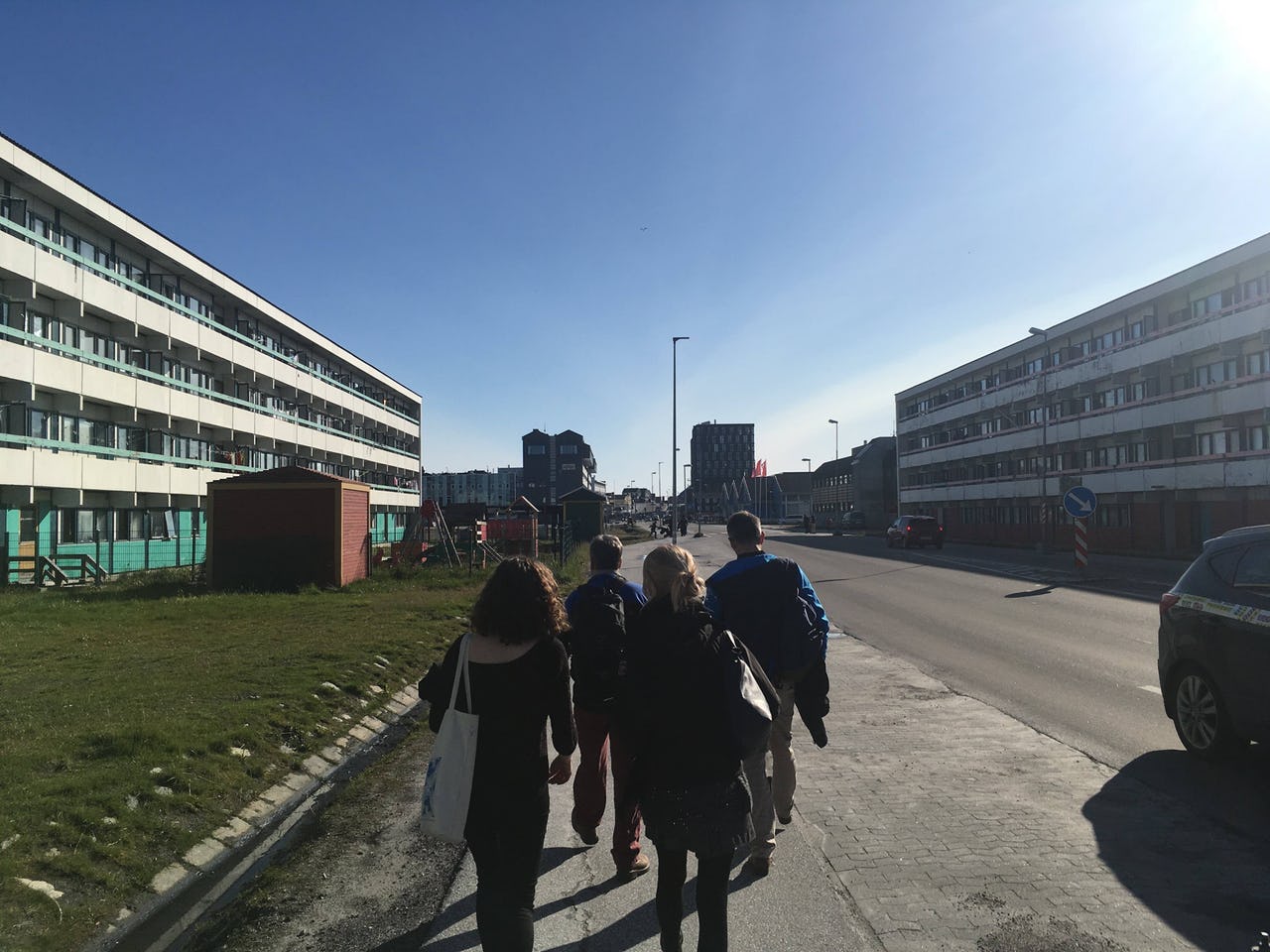What Kind of Nation State will Greenland be?

Streets of central Nuuk, Capital of Greenland in August 2017. Photo: Ulrik Pram Gad
In a rapidly changing Arctic, there is a need to engage in a comprehensive investigation into what Arctic security means in the 21st century. Together with the Danish journal POLITIK, The Arctic Institute has, thus, published a Special Issue, which aims to widen the debate on Arctic security relations through a more comprehensive dialogue inclusive of the many different types of security, their interactions, and their challenges.
The Arctic Institute Arctic Security Constellation Series 2017
- Arctic International Relations in a Widened Security Perspective
- Desecuritization as Displacement of Controversy
- Soft Securitization: Unconventional Security Issues and the Arctic Council
- Regional Order in the Arctic: Negotiated Exceptionalism
- Arctic Indigenous Societal Security at COP21
- Post-colonial governance through securitization?
- What Kind of Nation State will Greenland be?
- The Arctic Security Constellation
What Kind of Nation State will Greenland be? Securitization Theory as a Strategy for Analyzing Identity Politics
Greenland might be an enormous island, but it is also a people of only 56,000 persons. As such, it will be in need of partners and allies in most of the fields in which a modern nation state and welfare society engages: goods ranging from foodstuff to industrial machines, services ranging from education to military alliances, and human resources in most specialized trades. Given the way in which current global upheavals in both climate, power, and commerce change Greenland’s position on the globe, a sovereign Greenlandic state will not be acting in a vacuum when choosing where to shift its dependencies. Nevertheless, a prognosis of Greenland’s future maneuvering in Arctic and international politics must take as its point of departure the way in which Greenland envisions its core identity. Independence, according to Greenlandic identity discourse, is meant to allow the unfolding of Greenland’s true self, free from colonial domination. However, what can this self-identity tell us about the course of a future Greenlandic state? Decades of philosophical, historical, sociological, and anthropological research into nationalism has taught us that even if cultural and political similarities and differences might be coalescing, national identity does not exist (Fink 1991). Only national identification exists (Brubaker and Cooper 2000, 14ff; Hall 1996, 2) as a re-iterative, Janus-faced process: ‘We’ identify with characteristics and ideals which each of ‘Us’ believe our compatriots to share – while defining ourselves in contrast to traits and ideals we believe characterize ‘Them’; others, who are not ‘Us’. However, rarely do we agree on the specifics of our identity nor on what differentiates ‘Us’ from ‘Them’. Even if ethnographers, scholarly and lay, have produced detailed accounts of ‘Eskimo culture’ and ‘Greenlandic political culture’ with no consensus, the future course of Greenland is determined by a political negotiation of ‘who we are’ and how to realize the ideal. Current debates about language policy are, at the core, about ‘whom we should be.’ The choices made in these negotiations about how to prioritize the Greenlandic, Danish, and English languages will put Greenland on very different routes towards and beyond independence.
Ulrik Pram Gad is Associate Professor of Arctic Culture and Politics at Aalborg University.